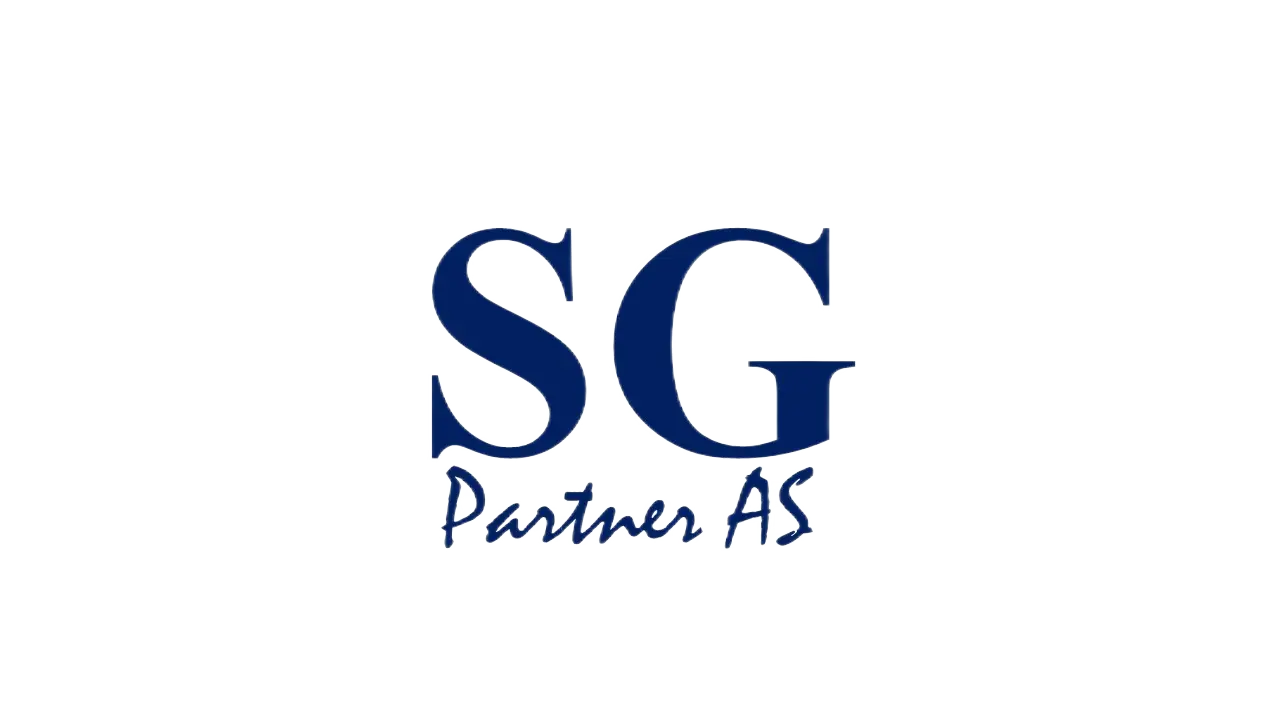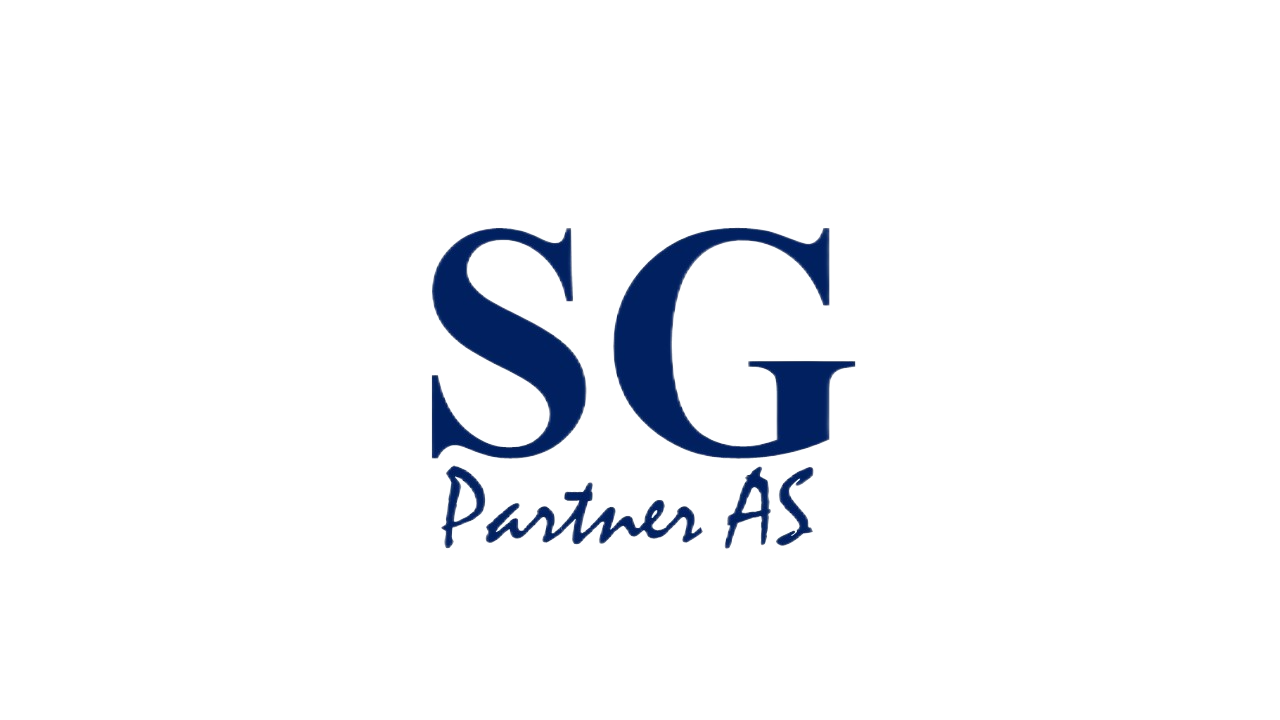COURSE OBJECTIVE:
• Set up a React development environment and create an initial application structure. • Construct JSX elements to build React component structures and handle dynamic content. • Build reusable React components applying composition patterns. • Implement prop patterns to pass data and event handlers between components. • Use state hooks to manage component data and handle user interactions. • Integrate data flow patterns to manage component communication and state sharing. • Implement container and presentational component patterns to organize React applications effectively. • Apply styling using CSS modules and styling organization patterns. • Use the useEffect hook to manage side effects and component lifecycle needs. • Build form interfaces using both controlled and uncontrolled form patterns. • Use React Developer Tools to debug component issues and analyze application performance.
TARGET AUDIENCE:
– Front-End Developers- Web Developers- Software Engineers- Technical professionals
COURSE PREREQUISITES:
This is an intermediate level course for those looking to expand their skill set and master REACT. Learners should have proficiency in JavaScript, HTML, and CSS.
COURSE CONTENT:
1 Introduction to ReactWhat is React and its history • Definition and differentiation • Key benefits and use cases • Component-based architecture for building UIVirtual DOM • Definition of the virtual DOM • How React uses the virtual DOM (conceptually) • Simple comparison with traditional web development • Why this matters for modern web appsReact Development Setup • Development environment setup • Quick start with Create React App • Development tools associated with React (React Developer Tools)Project Structure • Generating first React app with Create React App • Folder structure: Component organization and file name conventions2 JSXGetting Started • HTML entry point (root div) • createRoot and render • Basic React component structure with JSX • Understanding the relationship between filesFundamentals • What is JSX and why do we use it? • Rules of JSX (parent element, closing tags)Writing JSX • Basic syntax and attributes • Adding JavaScript expressions with {}Exploring JSX use cases • Variables and props • Simple conditional rendering3 React ComponentsComponent Basics • What is a component? • Creating your first component • Single line and multiline JSX in a component • Importing and exporting components • Rendering a componentMore about React Components • Logic in a React component • Conditions in a React component • Handling user interactions in componentsComponent Composition • Putting components in other components • Reusing components • Component organization4 PropsProp basics • What are props? • Passing data to components • Receiving props • Prop types and defaults • Children prop • Rendering a component's props • Passing props from component to component • Dynamic rendering with propsMore complex prop patterns • Pass an event handler as a prop • Receive an event handler as a prop • Event handler naming conventions6 State and EventsUnderstanding State • What is state? • «stateful» components • When to use state • When not to use state • Component re-rendering basicsuseState Hook • What is a hook? • Initializing state • State updates • Multiple state valuesBrief recap of content covered in Day 1, focusing on creating components and state1 Component PatternsComponent Architecture • Container vs Presentational Components • When to separate components • Rendering presentational components in containersReact Data Flow • One-way data flow concept • Parent/Child communication patterns • Sibling/Sibling communication • Understanding prop drilling • Lifting state up as a solution2 Styling in React • Regular CSS with className • CSS modules basics • Styling organization • Component-specific styling3 Effects and LifecycleWorking with Effects • What are side effects in React? • Why we need to manage effects • Basic syntax and usage of useEffect hook • When effects run • Effect dependencies • What is cleaning up an effect? • How to write cleanup functionsLifecycles • Component phases (initial, updates, cleanup) • Using effects for lifecycle needs4 FormsForm Fundamentals • HTML forms vs React forms • React's two approaches: Controlled vs Uncontrolled • When to use each approachUncontrolled Forms • useRef hook with forms • Accessing input values • Creating a basic uncontrolled form • Handling submit events • Getting form values • Use cases for uncontrolled formsControlled Forms • Basic form elements • useState with single inputs • Managing multiple form fields • Handling different input types • Handling form submission • Preventing default behavior • Gathering form data • Basic validation • Success/error states5 Debugging React ApplicationsReact Developer Tools • Components tab • Props and state inspection • Component tree navigationDebugging React Applications • Common React errors and solutions
FOLLOW ON COURSES:
Not available. Please contact.


